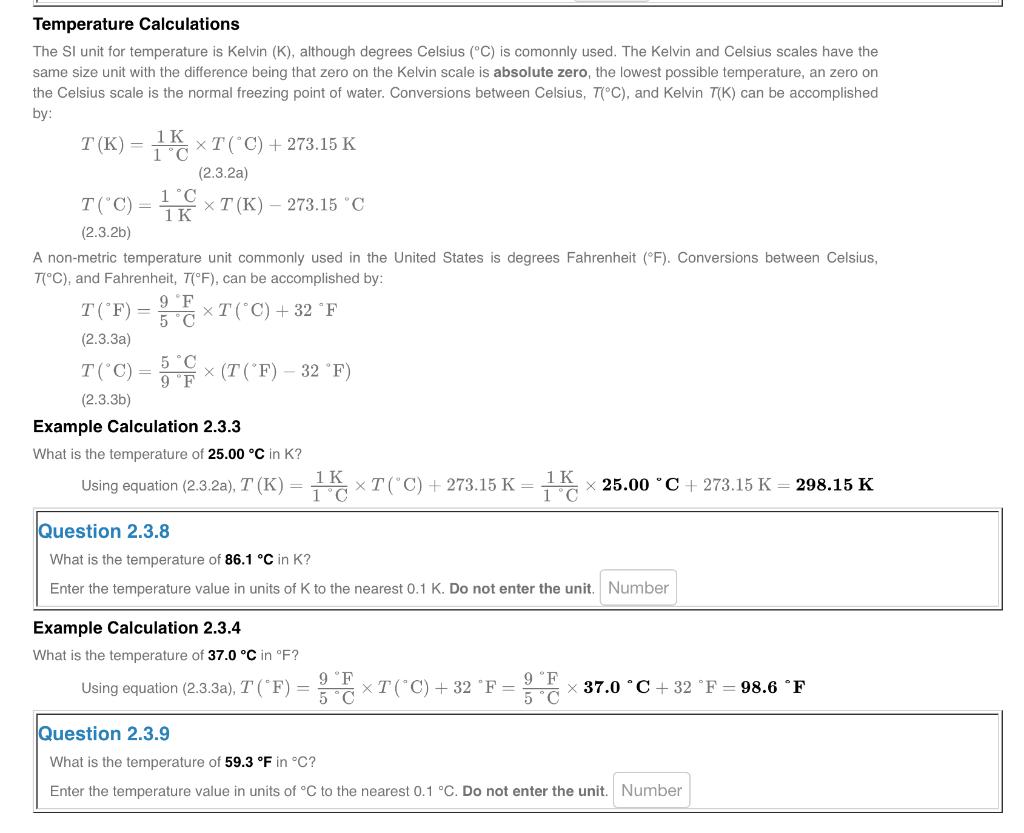
 please help!!
please help!!
Theory and Practice Temperature will be measured in this experiment using a mercury-in-glass thermometer which is a specific type of the liquid-inglass thermometer and one of the most common thermometers used in the laboratory. Creosote oil, ethanol, pentane, and toluene are other liquids that are sometimes used instead of mercury. A liquid-in-glass thermometer has a glass bulb which acts as a reservoir for the liquid and which is attracted to a stem containing a narrow bore capillary into which the liquid from the reservoir can expand. Calibration marks are etched on the stem and the exterior of the glass stem can be fashioned to act as a magnifying lens to facilitate making the temperature measurement. Because the volumetric thermal expansion of liquids used are about 20-200 times larger than the value for glass, the liquid will expand (or contract) within the narrow capillary bore as the temperature increases (or decreases). Even though most persons are familiar with thermometers through common experiences, there some not very well-known considerations related to their proper use. Thermometers are calibrated to account for the differential volume changes for glass and the internal liquid in two Figure 2.3.2 Liquid-in- different ways giving rise to total immersion and partial immersion glass thermometer thermometers. For accurate work, a total immersion thermometer to have the temperature being measured. In contrast, a partial immersion thermometer should be immersed only up to the immersion ring which is line marked near the bulb-end of the thermometer. Figure L.J.J raralax Partial submersion thermometers can be identified by the presence of an submersion ring. A second error illustrated consideration for obtaining an accurate temperature measurement is parallax error which is introduced when the eye of the observer is not on a line perpendicular to the scale at the position of the top of the mercury column. To avoid parallax error position yourself so that your eye is at the same height as the top of the mercury column in the thermometer as shown in Figure 2.3.3. Question 2.3.5 A thermometer uses toluene. The volumetric thermal expansion of toluene is 6.0 times larger than the volumetric thermal expansion of mercury. The expansion of toluene will be than the expansion of mercury for the same temperature increase. Question 2.3.6 In Figure 2.3.3, the correct position for the observer's eye to eliminate parallax error is the position. Question 2.3.7 Based on Figure 2.3.3, what temperature would be measured by an observer in the central position? Enter the temperature value in C to the nearest 0.1C. Do not include the unit. Temperature Calculations The SI unit for temperature is Kelvin (K), although degrees Celsius (C) is comonnly used. The Kelvin and Celsius scales have the same size unit with the difference being that zero on the Kelvin scale is absolute zero, the lowest possible temperature, an zero on the Celsius scale is the normal freezing point of water. Conversions between Celsius, T(C), and Kelvin T(K) can be accomplished by: T(K)=1C1KT(C)+273.15KT(C)=1K1CT(K)273.15C(2.3.2b) A non-metric temperature unit commonly used in the United States is degrees Fahrenheit (F). Conversions between Celsius, T(C), and Fahrenheit, T(F), can be accomplished by: T(F)=5C9FT(C)+32F(2.3.3a)T(C)=9F5C(T(F)32F)(2.3.3b) Example Calculation 2.3.3 What is the temperature of 25.00C in K ? Using equation (2.3.2a), T(K)=1C1KT(C)+273.15K=1C1K25.00C+273.15K=298.15K Question 2.3.8 What is the temperature of 86.1C in K ? Enter the temperature value in units of K to the nearest 0.1K. Do not enter the unit. Example Calculation 2.3.4 What is the temperature of 37.0C in F ? Usingequation(2.3.3a),T(F)=5C9FT(C)+32F=5C9F37.0C+32F=98.6F Question 2.3.9 What is the temperature of 59.3F in C ? Enter the temperature value in units of C to the nearest 0.1C. Do not enter the unit

 please help!!
please help!!





